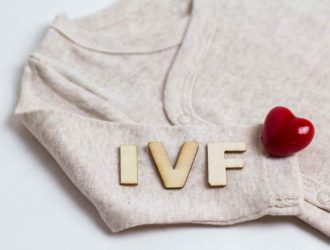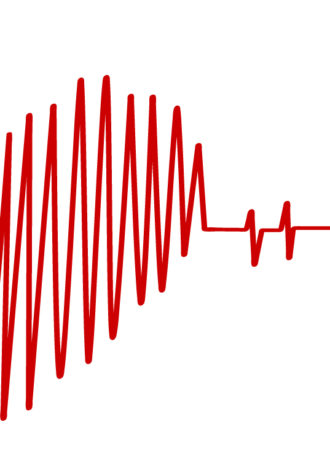In the not too distant past, infertility was discussed in hushed tones, if at all. It carried a stigma, and, for some women, a mark of shame or disgrace. It remains an emotional topic, but it is no longer one to be kept in the dark.
Michelle Obama, the former First Lady, recently admitted that both daughters Sasha and Milia were born by means of assisted reproductive technology, or ART. Obama is not alone. Brooke Shields, Emma Thompson, and Angela Bassett, to name a few, have turned to ART to build their families.
Although not widely discussed until now, problems with fertility are common. More than 12 percent of women aged 15 to 44 have impaired fertility, according to the Centers for Disease Control and Prevention (CDC), and 7 million have used infertility services.
Risk Factors and Causes
Causes are varied. Inability to produce eggs or damage to the fallopian tubes are common examples. Males may have low sperm counts or poor sperm motility. One-third of impaired fertility stems from females; and one-third from males. The remaining causes are unknown or involve a combination of conditions in both male and female partners.
“Age is the most significant predictor of fertility success,” explained Boston IVF’s Dr. Kim Thornton, a specialist in obstetrics and gynecology as well as reproductive endocrinology and infertility. “Fertility treatment [with her own eggs] is often unsuccessful once a woman is over the age of 44.”
Thornton discussed other factors that impact success. Weight is one; women who are either too thin or obese may have difficulty conceiving. Sexually transmitted infections such as gonorrhea can impair the fallopian tubes.
Cigarette smoking does its share of damage. “Chemicals in cigarette smoke may impair the ability of the fallopian tube to pick up an egg or transport it through the fallopian tube to the uterus,” she said. Stress, depression and anxiety can have an impact as well. What is desired, however, is a well-balanced diet that includes a multivitamin containing folate, iron and vitamin D, Thornton explained.
Types of ART
There’s more than one type of ART, but the most common and successful is in vitro fertilization, or IVF.
- Gamete intrafallopian transfer involves the transfer of unfertilized eggs and sperm into the woman’s fallopian tubes. Fertilization occurs in the woman’s body.
- Zygote intrafallopian transfer involves the transfer of a fertilized egg called a zygote into a woman’s fallopian tubes.
- Intracytoplasmic sperm injection is often used because of male infertility. In this procedure a single sperm is injected into a mature egg.
- In vitro fertilization is the fertilization of an egg in the lab. The embryo is then transferred directly into a woman’s uterus.
IVF Is a Multi-step Process
A cycle of IVF typically consists of several steps:
- Medication to stimulate egg production, which usually consists of daily injections for about two weeks.
- Egg retrieval or collection, an outpatient surgical procedure.
- Egg fertilization in the lab, which produces an embryo.
- Embryo transfer to the uterus.
- Embryo freezing to preserve embryos for potential future pregnancies.
- Pregnancy test.
“Single embryo transfer is optimal,” said Thornton. “Guidelines have been established by the American Society of Reproductive Medicine to reduce the risk of multiple pregnancy.” Carrying multiple fetuses can result in premature birth and low birth weight, which can cause long-term complications.
The age and health of the embryos are also factors. Prior to transfer, the embryos may be tested for genetic disorders and chromosomal abnormalities. It is also preferable to transfer the embryo five to six days after retrieval to give it time for rapid cell division and growth in volume.
Although significant advances have been made since the birth of the first “test tube” baby in England in 1978, IVF does not always result in a baby. In CDC’s latest report on ART, 51 percent of the embryo transfers reported in 2015 resulted in a pregnancy, and 41 percent resulted in a live-birth delivery.
Results Are In
It is encouraging, however, that with improvement in technology, the chance of bearing a child has increased over the years. Since the first ART in this country in 1981, more than 1 million babies have come into the world … and we’re still counting.
Online Stats
12%: Percentage of women between the ages of 15 and 44 who have problems with infertility
7.3 million: Number of women who have used fertility services
8,973: Number of donor eggs used for ART in 2016
3%: Percentage of ART using gestational carriers
32%: Percentage of infertility due to male factors
182,111: Number of ART procedures performed in 2015
41%: Percentage of embryo transfers that resulted in live-birth deliveries
Source: Centers for Disease Control and Prevention



 3 min read
3 min read






